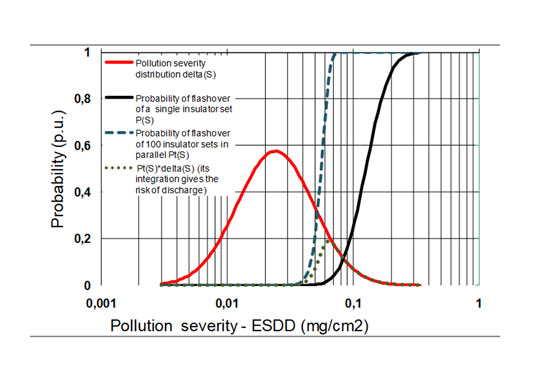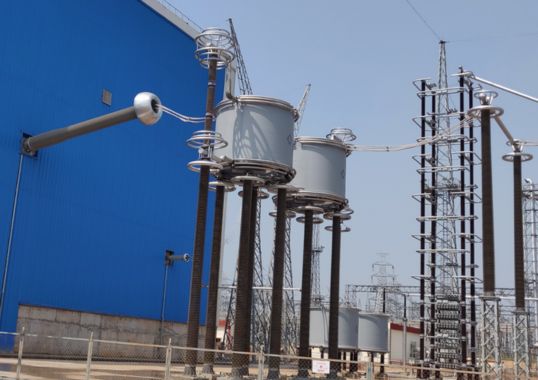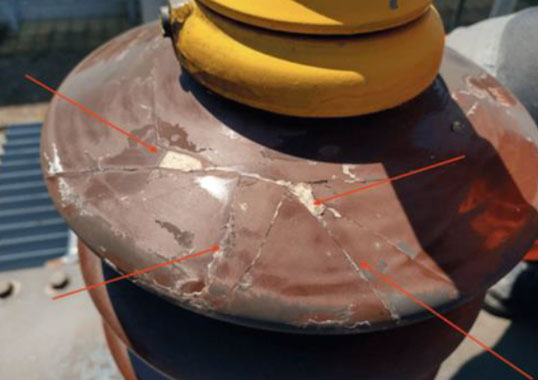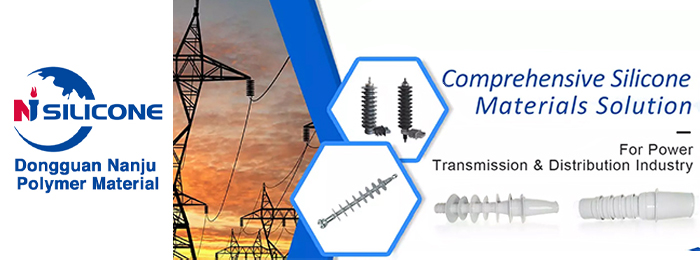Self-Cleaning Properties of Molded Super-Hydrophobic Silicone for High Voltage Insulators by A.J. Carreira
Both electrical and mechanical issues have been reported as a result of pollution deposition on the surface of outdoor high voltage insulators. Although pollution accumulation is most severe in coastal areas, deserts, industrial regions and highly polluted cities, surfaces of insulators inevitably become contaminated after being operated for several years. When contaminated surfaces are exposed to wetting, the dissolved pollution creates a conductive layer, followed by dry-band arcing that can have pronounced impact on insulator pollution flashover. Hence, performance of insulation materials in polluted service areas must be addressed and the problem of flashover on the contaminated insulator surfaces needs to be resolved. High temperature vulcanized silicone insulators are known for their exceptional hydrophobic properties. Due to this hydrophobicity, water droplets stand separately over the surface and do not form a continuous film. Despite the excellent hydrophobic properties of HTV silicone insulators, the opportunity to further improve pollution flashover performance is clearly advantageous. This presentation explains how super-hydrophobic surfaces that offer a water contact angle >150˚ and sliding angle <10˚ are attracting growing attention for applications that require anti-corrosive, ice-phobic, bio-fouling resistant, non-wetting and self-cleaning surfaces.








